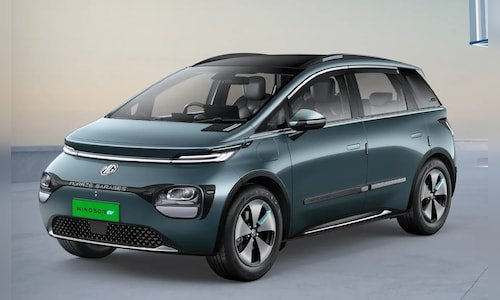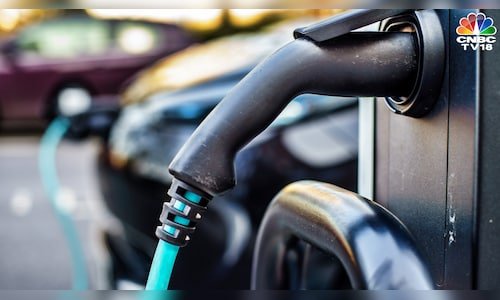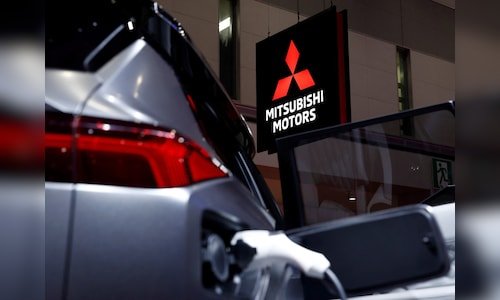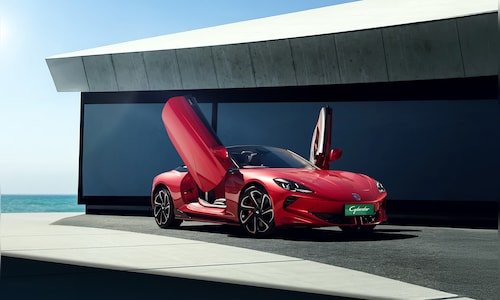India’s EV needs: Why we must prioritise practical range, price parity, and local relevance

This change is being driven by a shifting landscape, represented by technological progress, improved infrastructure, and an informed consumer base. Today, more buyers are open to alternatives to traditional vehicles, as long as they meet key needs. As this trend continues, it’s important to focus on what Indian consumers really care about: price, practical range, how well the EV fits into their daily lives with its features, and compatibility with charging infrastructure.
Prioritising range for practical performanceNot long ago, range anxiety was the biggest hurdle for anyone thinking about switching to an EV. But things have changed—dramatically. Today, the focus has shifted from lab-tested figures to what really matters: how far your EV takes you in the real world. Modern electric vehicles are designed with Indian roads, traffic, weather, and travel patterns in mind. Whether it’s a quick city errand or a regular drive between towns, today’s EVs are built to go the distance—reliably and consistently.
Meanwhile, charging infrastructure is growing fast. From metro cities to highways, charging stations are popping up everywhere—thanks to efforts from both the public and private sectors. Fast-charging hubs are making it easy to top up multiple vehicles at once, and smart apps now let you check charger availability in real-time, so planning your journey feels effortless.
Technology is also doing its bit behind the scenes. From more efficient motors to better battery cooling and regenerative braking, every innovation is helping you squeeze more kilometres out of every charge.
The result? A driving experience that’s not just electric—but easy, practical, and confidently future-ready.
The new reality for EV buyers
When India’s EV revolution began, affordability was the key factor in the consumers’ purchase decision. As more manufacturers enter the market with EVs that have a higher value proposition, the key qualifier in the purchase decision has moved from affordability to value. Furthermore, with benefits from high level localisation, combined with helpful, robust government subsidies, EVs today have successfully crossed the frontier of price parity with ICE-powered vehicles, while also surpassing them in performance, capability, technology, and safety.
Prioritising features that fit Indian lifestyles
India’s diverse terrain, culture, and road conditions demand EVs designed specifically for local conditions. Indian consumers need to go beyond performance or price. Capabilities that in an urban setting would be deemed minimum, like strong air conditioning, compatibility with smartphone apps, voice operation in local languages, and ground clearance to deal with bad roads, play a significant role in broader adoption. Friendly and tactile infotainment systems and in-built connectivity are no longer optional but essential.
Aligning with consumer needs, manufacturers are responding with meaningful upgrades, offering a lifetime warranty on the HV battery pack, coupled with tangible updates like ADAS level 2, immersive music systems, and even connected-car technologies that allow for convenient in-car payments. What’s most encouraging is that EVs are no longer just green symbols of sustainability. They are becoming practical, durable, and tailored products — made for India.
Conclusion
The market for EVs in India is expanding in the right way. The combination of improved affordability brought about by policy and technology, a practical driving range that fits with daily routines, and a concentrated focus on location-specific features is making EVs a viable choice for millions of people. Charging infrastructure is steadily improving, the technology behind EVs is getting smarter and more dependable, and the vehicles themselves are evolving — not just as substitutes to ICE, but as better, smarter, and more future-ready mobility solutions.
—The author, Vivek Srivatsa, is Chief Commercial Officer, Tata Passenger Electric Mobility Ltd. The views are personal.
Discover more from News Hub
Subscribe to get the latest posts sent to your email.






